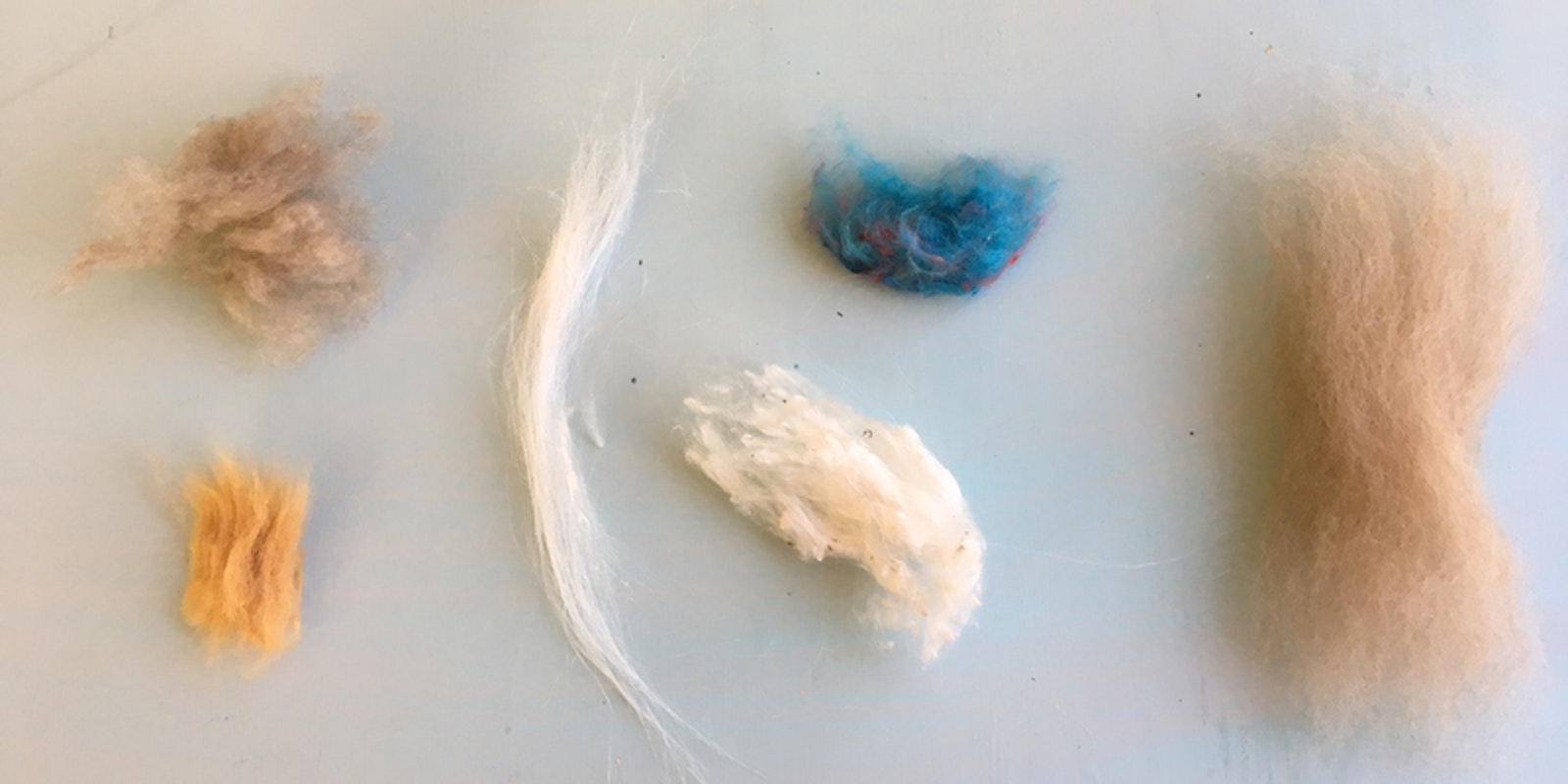A few weeks ago I offered advice to use precious spinning fiber instead of squirreling it away. But what if you have less than an ounce? I took a lesson from Sarah Anderson on the set of her video Spinning Exotic Fiber Blends. She showed me how to card wool with such delights as cashmere, cotton, silk, and other fibers.
I have a treasure box full of gorgeous fibers too small to spin. Sometimes I add a sample of paco-vicuña, a staple length of yak/Merino top, or a tuft of dyed silk. Or I open a glorious box full of cashmere cloud and want to stretch it for miles.
Fiber can seem like “grist for the mill”: a good thing, but one to be worked through from start to finish. But what if these precious bits and bobs were grist for spinning joy? Some of us spin for a project; some spin without a specific aim. Have you ever spun for no purpose, on purpose?
I assembled a lovely if odd assortment: two clumpy silks, some soft cashmere cloud, cotton roving, soft medium-staple wool, and silky, long, slightly toothy Himalayan nettle. In 20 minutes, I blended and spun, and here’s what I discovered.

A textured puni yields a textured yarn.
1. Scissors are tools. Use them.
You can’t make a short fiber longer, but if you need short fiber, then cut it. I’ll spin that nettle into a long, strong, sleek worsted yarn another day, but today I chopped it up to match the lengths of the shorter fibers, just to see what would happen. The Silk that we spin is always cut; wool fiber is cut at least twice a year. Don’t fear scissors.
2. Punis look harder to make than they are.
Not many spinners are proud of their wool carding techniques, but if you use two knitting needles and coax a tight roll of fiber off your hand cards, you will look like a true professional.
3. Short fibers + fine yarn + light spindle = lots of flicking.
A tahkli spindle or a spinning wheel with a fast speed and little takeup would have been good choices. I chose a lightweight drop spindle and kept a very close eye on it, because it slowed and turned backward very quickly.
4. Lumps and bumps can be lovely.
Even if it’s hard to let the noil and other textured bits go without picking them out of the yarn, those lumps make it interesting. We study how to card wool into smooth and even preparations, but you can use hand cards to blend sparingly, too.
5. Keep track & switch it up.
If I keep track of what I added to my pair of punis today, I can tweak it tomorrow. Next time I’ll add more colored silk and less wool. The nettle is just right.
I made nothing useful, but a few grams of fiber gave me some interesting yarn. Call it a spinner’s art journal.
Anne Merrow
Header photo: buffet; caption: A buffet of wonderful fiber delights. Clockwise from top left, June cashmere cloud; Himalayan nettle from Halcyon Yarn, Soffsilk (silk cloud) from Camaj Fiber Arts, Oatmeal Tasman Comeback wool from RH Lindsay, silk noil from Dashing Mouse Fibers (formerly Louet), and brown Pima cotton sliver from Cotton Clouds. Photo by Anne Merrow
Learn to love handcards!

